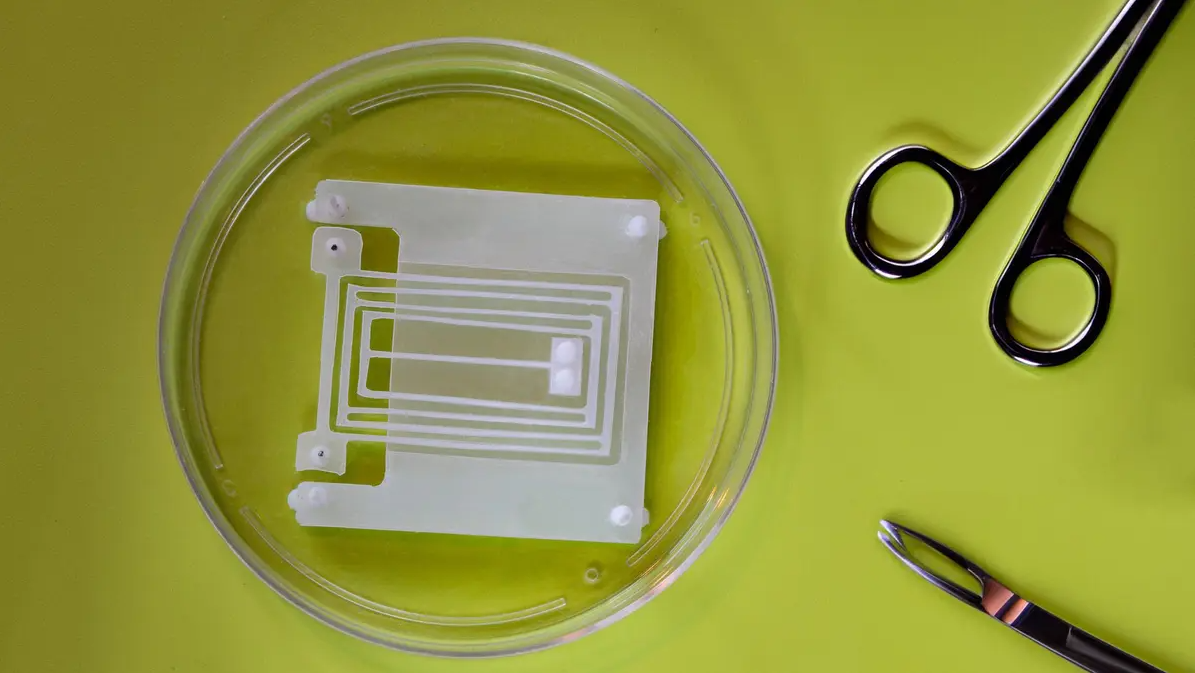New Soft and Flexible Modular for Biohybrid Robots

MIT engineers have designed Biohybrid Robots like springs to maximize the work of live muscle fibers and it also could be used as a basic skeleton-like module for almost any muscle-bound bot.
Inspired by human muscles, which are nature’s perfect actuators for designs that turn energy into motion. Muscle fibers are more powerful and precise than most synthetic actuators and they can even heal from damage and grow stronger with exercise. The new spring can get the most work out of any attached muscles and can maximize the amount of movement that a muscle can naturally produce.
Normally, a band of muscle tissue is attached between two small, flexible posts to get a muscle to work like a mechanical actuator. When the muscle band contracts, it can bend the posts and pull them together. This produces some movement that aims to power part of a skeleton. However, muscles have produced limited movement as they may act in uncontrollable ways at other times.
Since then, the team sought to design a skeleton that focuses and maximizes a muscle’s contractions no matter where it is placed on a skeleton to make the most movement predictably and reliably.
The flexure is specifically tailored with a configuration and stiffness to enable muscle tissue to naturally contract and maximally stretch the spring, based on numerous calculations relating a muscle’s natural forces with stiffness and degree of movement.
As a result, they designed a device that flexes 1/100 of the stiffness of muscle tissue itself. The device is then wrapped around a band of muscle around the two corner posts. The flexure’s configuration enabled the muscle band to contract mostly along the direction between the two posts, allowing the muscle to pull the posts much closer together, which is five times closer rather than previous muscle actuator designs.
Not only that but the device could be also used to precisely measure muscle performance and endurance. When changing the frequency of muscle contractions, the muscles are recorded to be more tired at higher frequencies and don’t generate as much pull.
This new design is adapted to build precise, articulated, and reliable robots, powered by natural muscles.

 Tech Steel & Materials
Tech Steel & Materials
Comments are closed